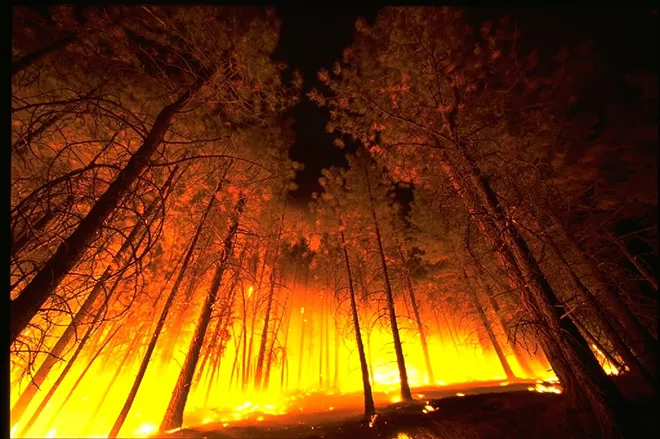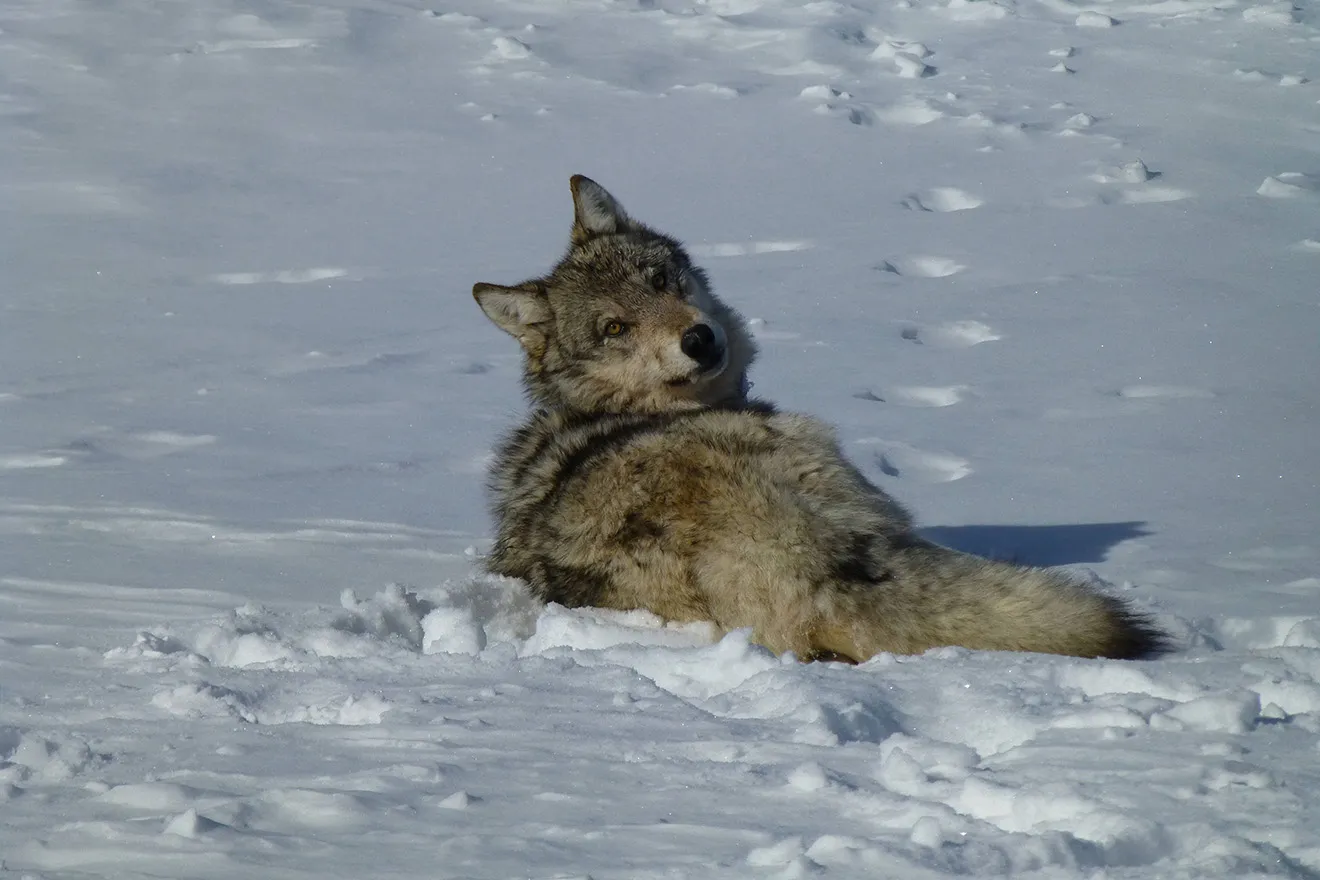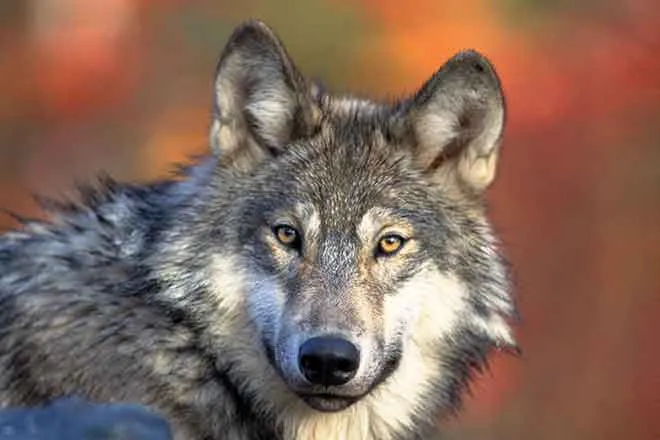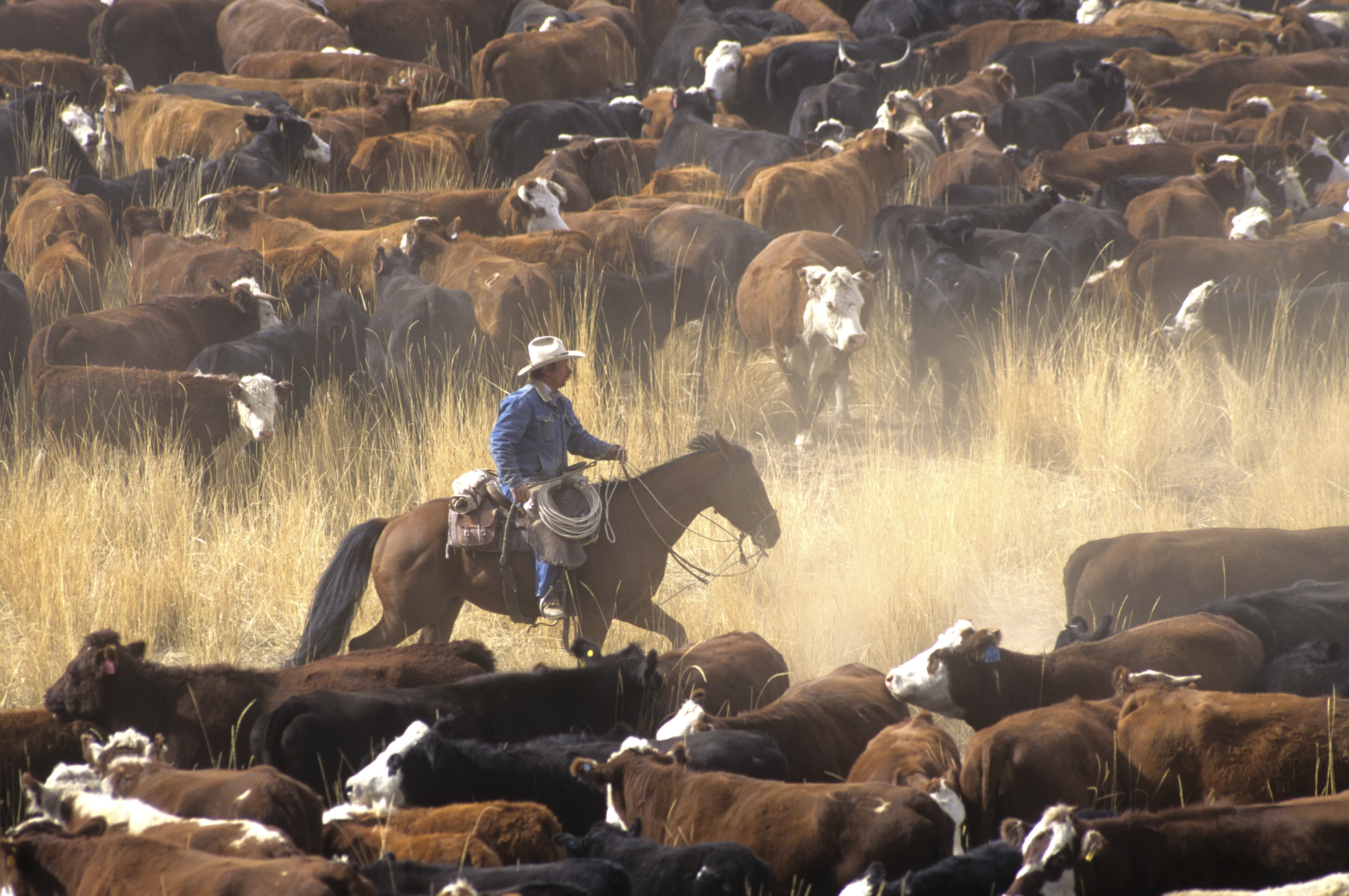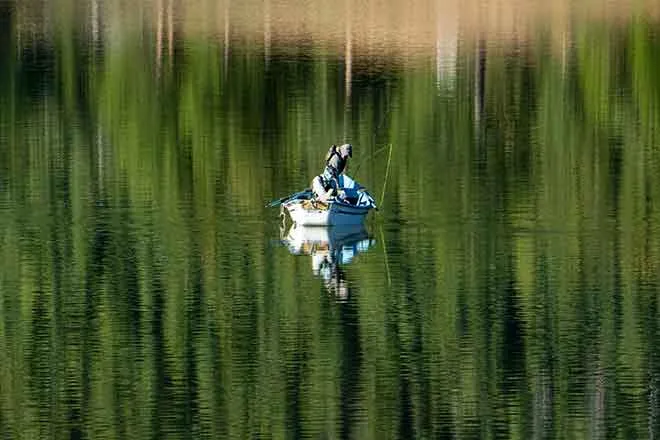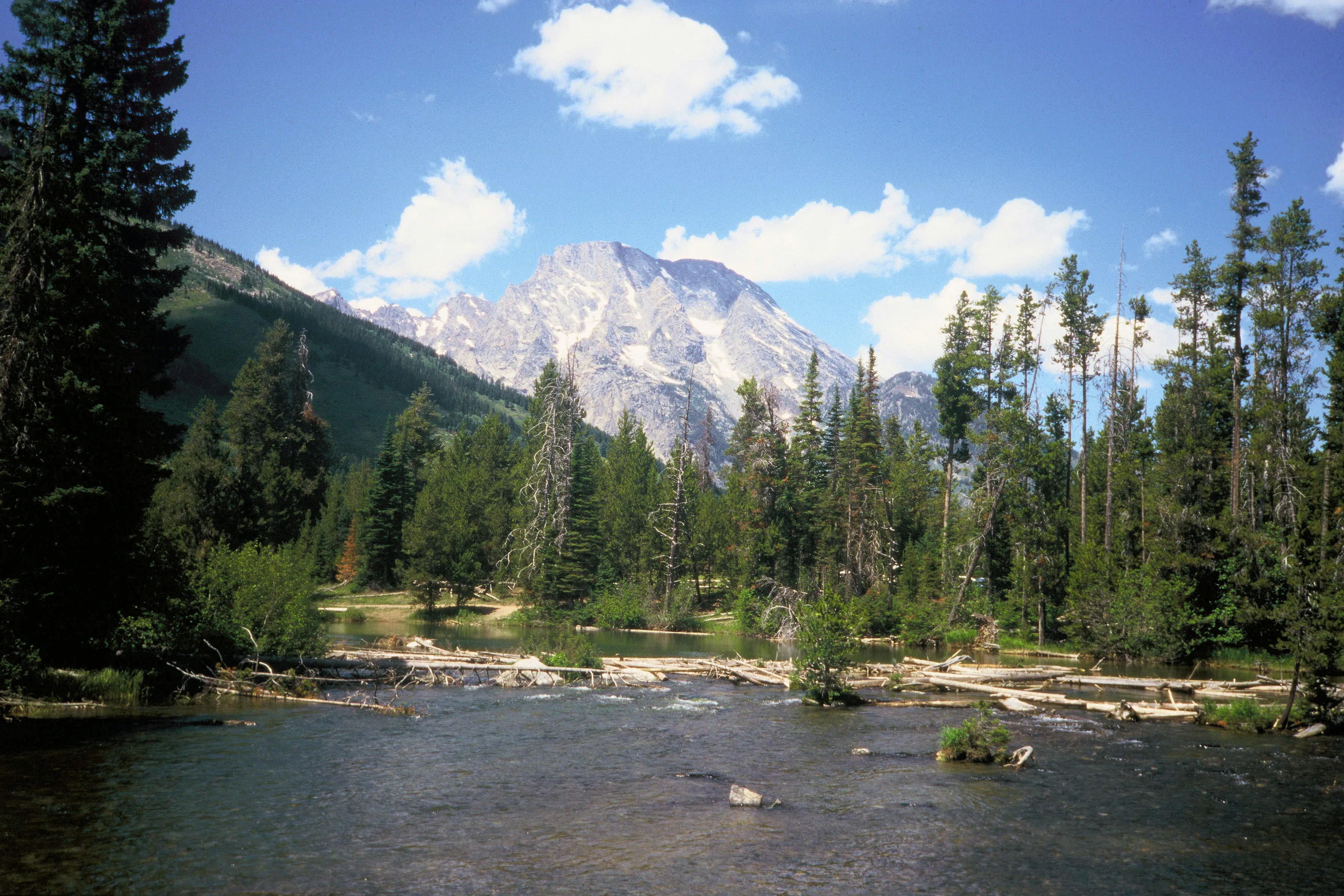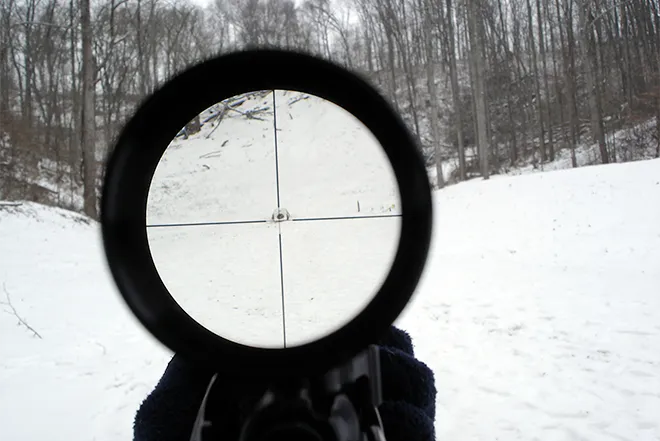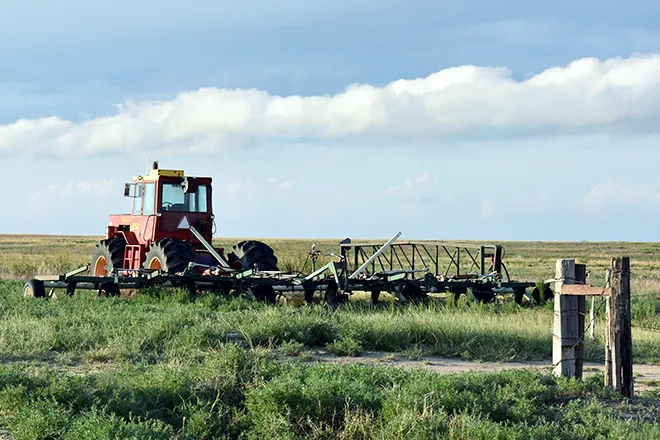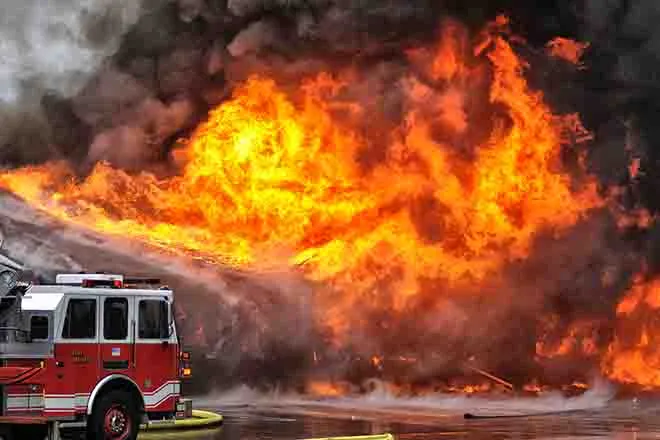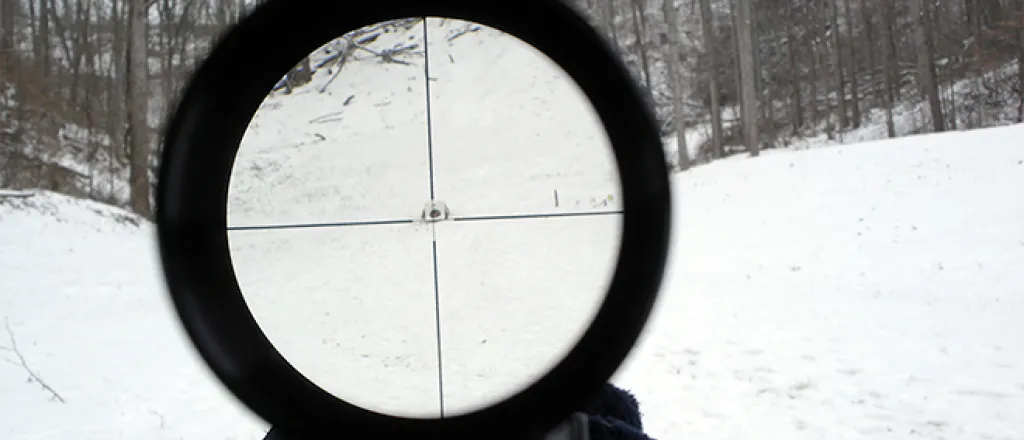
Hunting Tips - How to Hunt Mule Deer
Hunting mule deer in Colorado is always challenging. Hunters can improve their success by understanding the habits of these critters.
During the 2016 seasons, for all manners of take, 81,000 hunters harvested 37,000 mule deer for a 45 percent success rate. It is estimated that Colorado is home to about 435,000 deer.
In the mountains and foothills, mule deer don’t spend much time in heavy timber. They are primarily browsers and prefer aspen and forest edges where there are plenty of low shrubs, small trees, oak brush and varied vegetation types.
Mule deer are most active at night and can often be found in meadow areas during low-light hours. During the day, they'll bed down in protective cover.
In warm weather, look for deer along ridgelines where wind is consistent and helps to keep them cool.
During the low-light hours of evening and morning, hunt in meadows at the edge of thick cover. If you see where they are feeding during times of low-light, it’s likely they’ll move into nearby timbered areas to rest for part of the day. Deer tend to move during the middle of the day toward the areas where they feed in the evening.
A slow stalk is recommended. Spend a lot of time scanning slowly with binoculars--a deer can appear at any time.
Pay attention to the wind direction. If the wind is blowing in the direction you are moving, a deer will likely pick up your scent. Deer avoid going to creeks in daylight so there is no advantage to hunting near moving water sources during the day.
One advantage mule deer give to hunters is their curiosity. When mule deer are spooked, they’ll often run a short distance then turn to determine if they are being pursued. That may give you
one good chance for a shot.
A small amount of snow will get deer moving quickly out of high-altitude areas. Usually by late October migrating herds will move to winter range areas, even if there is no snow.
Hunters should aim at the vital organ area which presents a small target--about the size of a dinner plate just behind the front quarter. Hunters, no matter how good they are at the range, should never try to make a head shot. Many animals are injured and die slowly because of attempted head shots.



